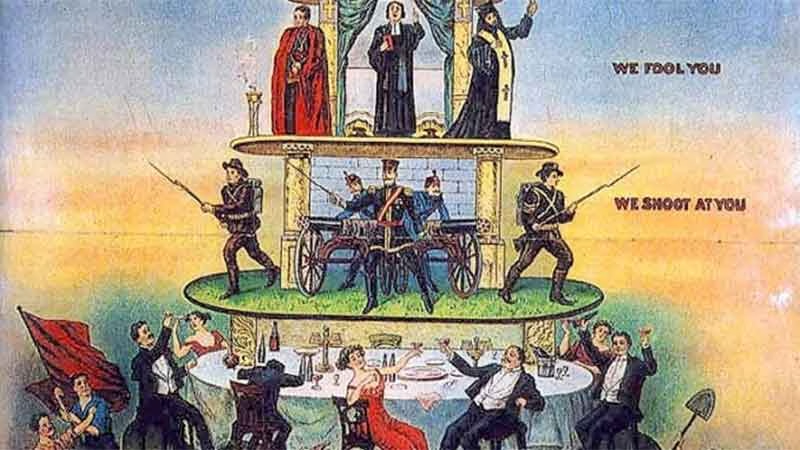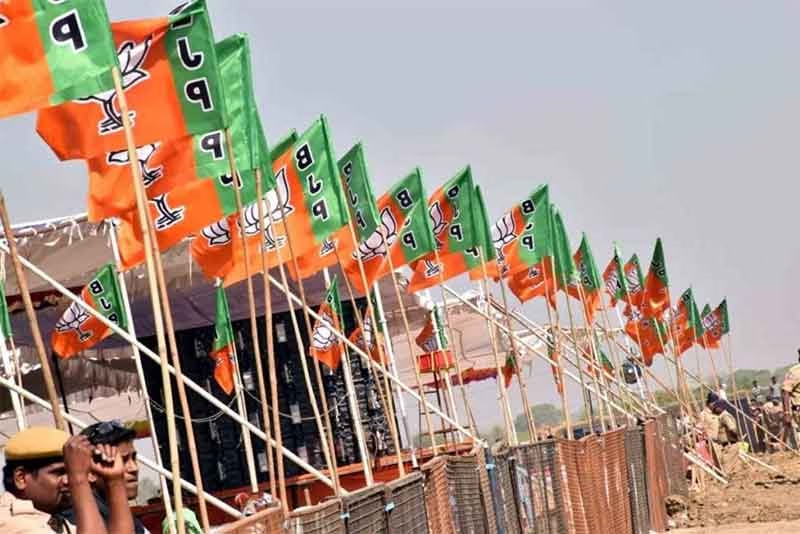
The Bharatiya Janata Party (BJP) is planning to celebrate the first anniversary of its government in Odisha, which came to power by invoking the emotive issue of ‘Odia Asmita’ as part of its electoral strategy—despite lacking a material foundation in the everyday lives of the people. This strategy led to the defeat of the Biju Janata Dal (BJD), which had governed the state for over two decades under the leadership of Mr. Naveen Patnaik.
Odia Asmita (pride and self-dignity) encompasses the rich and glorious heritage of Odisha—its history, art, architecture, music, cinema, literature, flora and fauna, natural beauty from forests to coastline, wildlife, and abundant mineral and material resources. It is deeply rooted in the assimilative nature of the Odia classical language and the cultural diversity that manifests in the everyday lives of the people.
From the architectural grandeur of the Konark Sun Temple to the spiritual significance of the Lingaraj Temple, the diversity of Odisha’s temple architecture and religious practices is evident. The spiritual spectrum of Odia Asmita ranges from the deeply revered Lord Jagannath Temple to the mystic Alekha cult and the Mahima Dharma (Religion of Glory), which together reflect the spiritual pluralism of the region.
The sacrifices of brave youth—from Dharmapada to Laxman Nayak and Baji Rout—form the radical and revolutionary chapters of Odia history. Folktales and spiritual journeys, such as those of Dasia Bauri and Bhakta Salabega, highlight the secular and inclusive spirit at the heart of Odia Asmita. Ultimately, the resilience of the Odia people and their progressive historical journey form the collective foundation of Odia Asmita, in both its spiritual depth and material richness.
Where does Odia Asmita stand today in terms of its collective identity?
It is important to assess the state of Odia Asmita one year into the BJP government in Odisha. The BJP secured a decisive victory in both the state and national elections of 2024, earning a mandate not only to govern but also to uphold and promote Odia Asmita—rooted in Odisha’s historical, linguistic, social, cultural, and economic heritage. But has the BJP truly delivered on its promises? Is Odia Asmita flourishing under its leadership, or is it gradually eroding? More critically, is Odia Asmita now in jeopardy due to the narrow, homogenising lens of Hindutva politics promoted by the BJP?
These questions are central to evaluating the current government. Symbolic gestures—such as the construction of the so-called ‘Odia Asmita Bhawan’—risk reducing this rich and complex identity to a mere building and a corpus fund. Such tokenism raises serious concerns about political deception and whether the government’s commitment to Odia Asmita is substantive or superficial.
The BJP government in Odisha has done little to promote the Odia language. A large number of teaching positions—Odia teachers, lecturers, and professors—remain vacant across schools, colleges, and universities in the state. Despite its rhetoric, the government has made no meaningful investment in preserving or promoting Odia history, language, architecture, music, or culture.
The state’s tribal Chief Minister, Mr. Mohan Majhi, has also failed to deliver on promises for the development of tribal communities and other marginalised sections of society. The working poor continue to suffer under the weight of landlessness, homelessness, and joblessness. Under the BJP, the people of Odisha are experiencing growing hopelessness—facing a deep crisis in education, healthcare, and employment. The government appears disengaged from the daily struggles of its citizens, functioning more like an administration in absentia than a responsive politics and accountable leadership.
The BJP has used Odia Asmita merely as an electoral tool to capture power and consolidate its Hindutva politics in the state. There is no clear mission, vision, policy, or plan to genuinely promote Odia Asmita or to deepen progressive cultural and linguistic citizenship among the people of Odisha. In fact, the reactionary politics of Hindutva, led by the BJP, poses a serious threat to Odia Asmita and to the state’s rich cultural, linguistic, religious, and spiritual diversity. Hindutva politics is not designed to nurture anyone’s Asmita—let alone Odia Asmita. Instead, it operates on the twin pillars of marginalisation and othering, which are fundamentally at odds with a politics of dignity and inclusion. A political force grounded in the supremacist ideology of Hindutva lacks the capacity to uphold—or promote—the pluralistic and progressive values that define Odia Asmita.
What has the BJP government in Odisha truly achieved in the past year?
Its most notable accomplishment appears to be the accelerated transfer of the state’s mineral resources to private corporations, while the working people continue to endure multiple crises in their daily lives—landlessness, unemployment, poor healthcare, and inadequate education. The people of Odisha are the living foundation of Odia Asmita. Without investing in their welfare and empowering them materially and socially, the BJP’s political rhetoric around Odia Asmita remains hollow and performative.
In its first year, the BJP government has undermined both the spirit and the material base of Odia Asmita. Its governance, guided by Hindutva ideology and political practices, is fundamentally misaligned with the inclusive, pluralistic, and progressive values that Odia Asmita demands. This is the growing realisation among ordinary and simple Odia people: that one year of BJP rule has not strengthened their dignity and citizenship—it has weakened it.
Subscribe to Our Newsletter
Get the latest CounterCurrents updates delivered straight to your inbox.
Bhabani Shankar Nayak is a political commentator















































